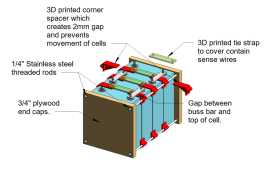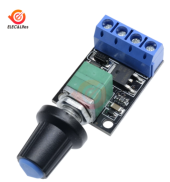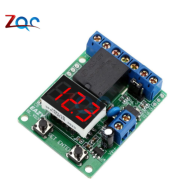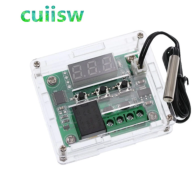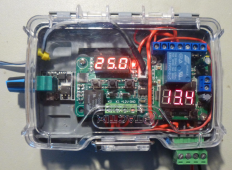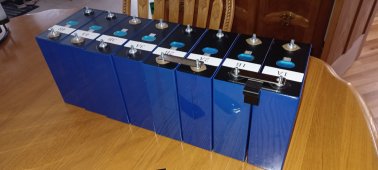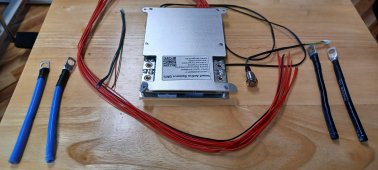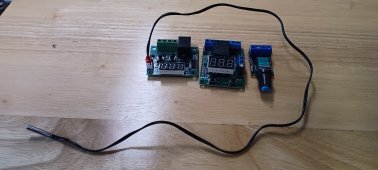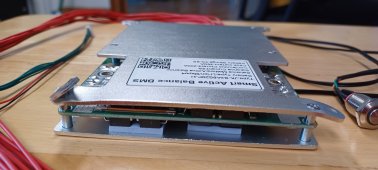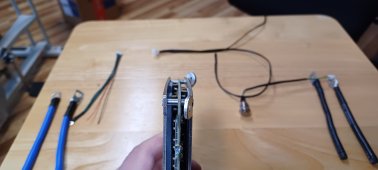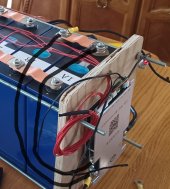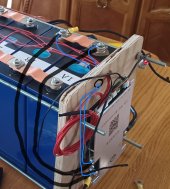hwse
Solar Enthusiast
- Joined
- Jan 2, 2021
- Messages
- 585
Well, I am committed. dreaming, plotting, planning no more. Let the building begin.
I finally did it. My LFP is on its way.
I finally did it. My LFP is on its way.
- (
EVE 280K (560A @ 12v) From Docan Power

- 4s JK BMS with 2-amp active balance and 200-A charge/discharge capacity (350-A surge for 5 minutes) from Henkzor
- Flexible milti-thin plate buss bars for 2p4s configuration
- 3d printed corner pieces to create 1mm space and secure the four corners form moving.
- The bits and bobs to create the "a simple diy alternator charge system for lifepo4 batteries (12v system) on boats" from Wout Beekhuizen.
- PWM controller to limit output
- Voltage switch to turn on and off as needed.
- Thermostat to shut down alternator if it gets too hot.



